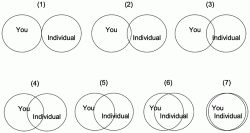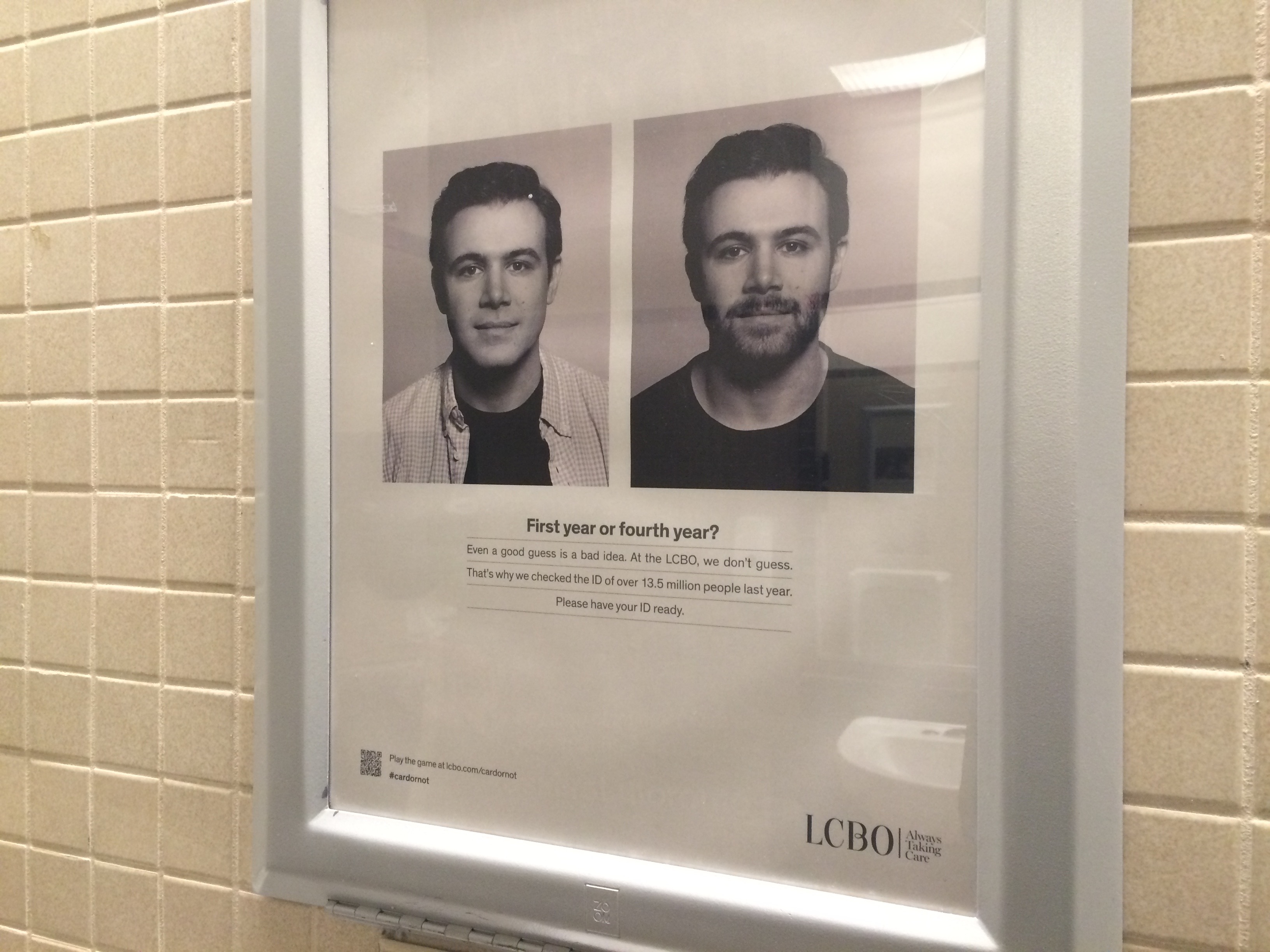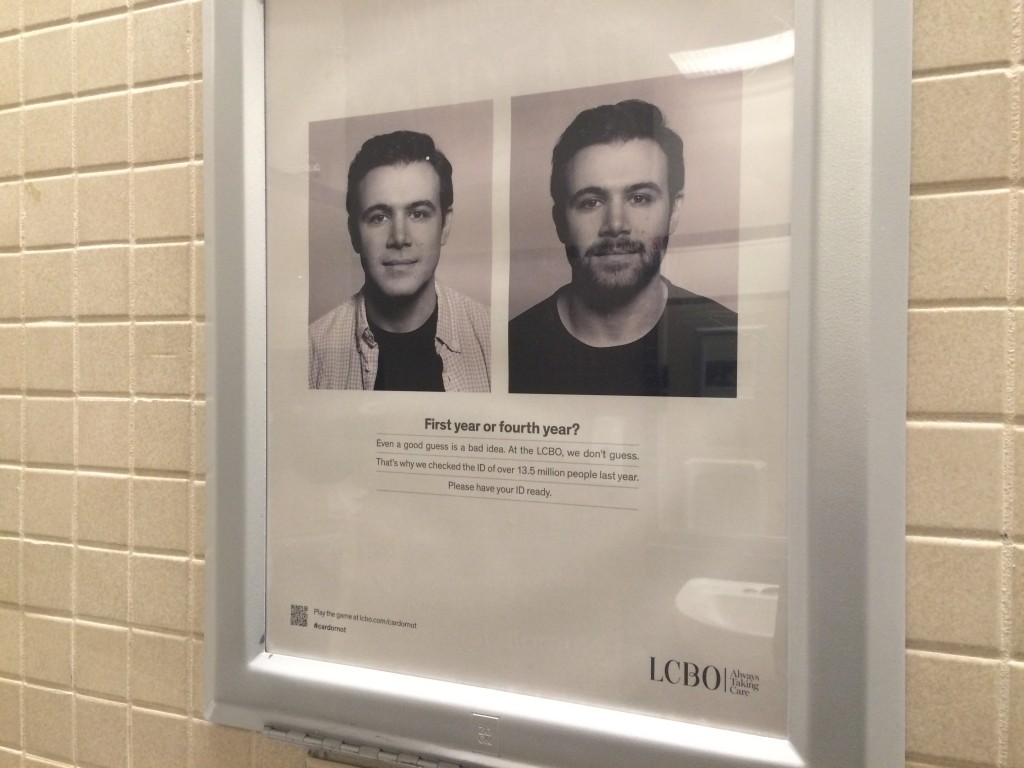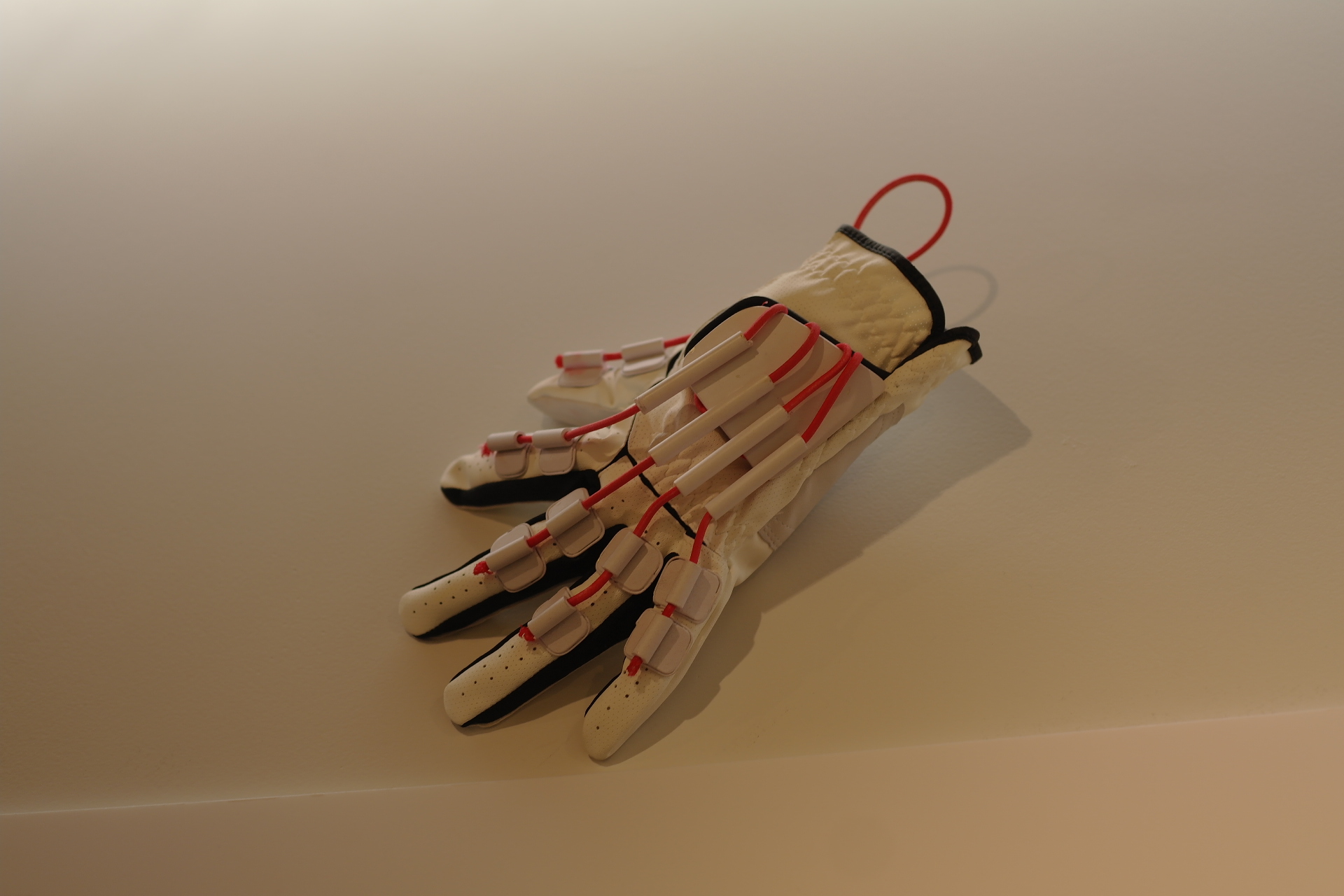Public transportation in California is not as polished as in Seoul. Buses are noisier, roads are bumpier, and fares are higher. Yet, I witnessed an impressive moment that highlights a difference: how a passenger with disabilities was treated.

On a bus in San Jose, a wheelchair user boarded. The driver stopped the bus, left his seat, and assisted the passenger in fastening the seatbelt securely. The process took over five minutes. In Seoul, such a scene would be rare.

This difference likely stems from policies and norms rather than individual kindness. In California, transportation policies seem to allow drivers to prioritize care over punctuality. Moreover, passengers appear to accept delays, fostering an environment where helping others is encouraged and expected. Similar to California’s policies and norms, I hope Korea implement measures that force drivers and citizens to empathize with and care for those in need.














